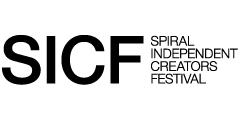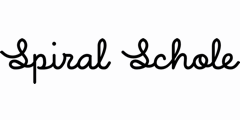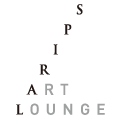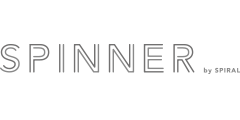Welcome to our ‘spiral market selection’ interview series, where we look at living from the viewpoint of artists and creators engaged in craftsmanship for daily life. In our second interview we spoke to Erica Suzuki of SŌK ERICA SUZUKI CERAMICS, who makes chic ornaments and tableware.
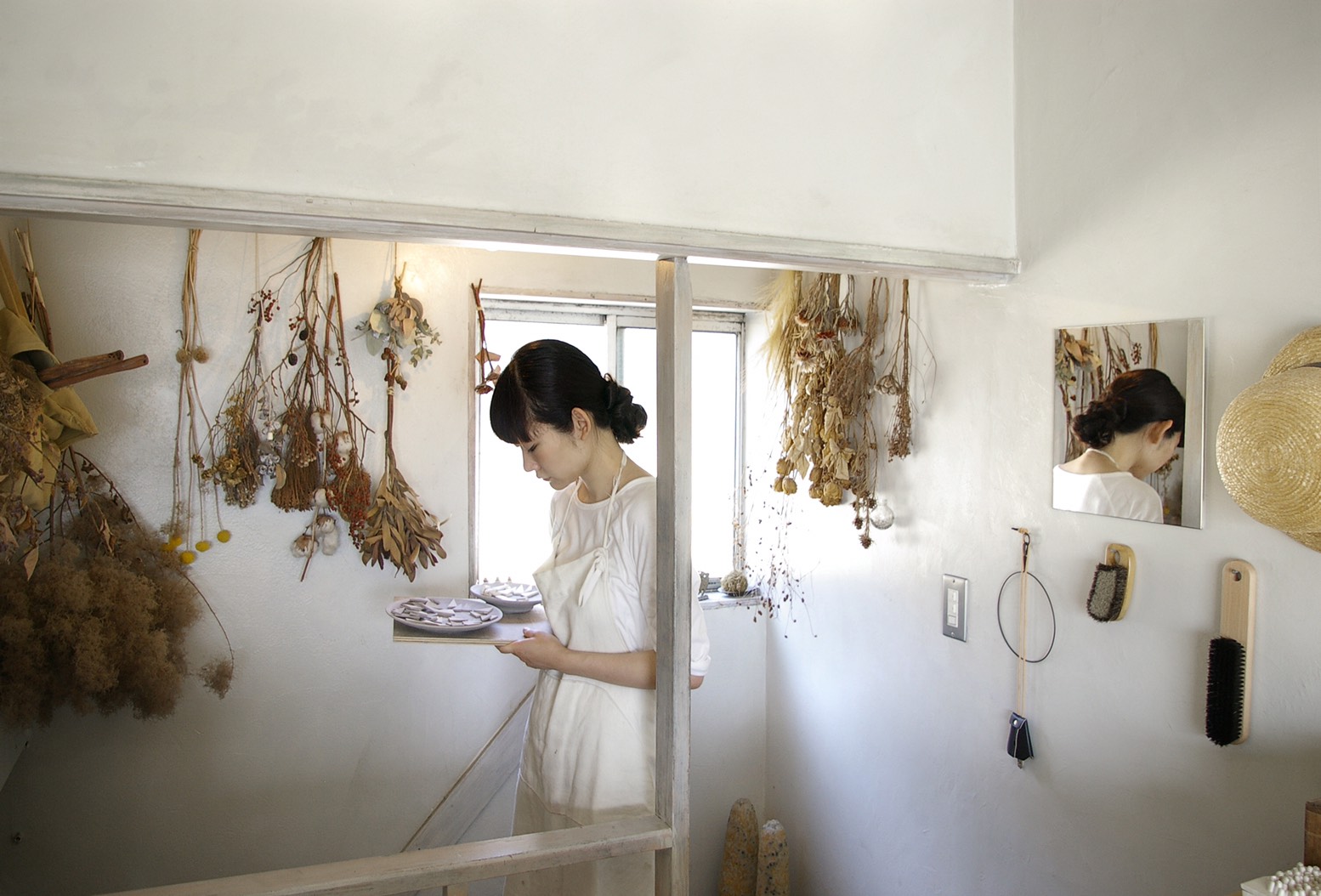
──Tokyo as a creative base
Just as I was completing my studies at Ishoken ceramics lab in Tajimi City, Gifu Prefecture, I found a great location where I could work on my ceramics, so I returned to Tokyo. I had always intended to return because I’m from the Kanto region and there’s a real comfort to being in the place where you were born and raised. But I didn’t plan to build a studio here from the outset – it was only because I found a great space. But now that I look back I’m so pleased that I started my work as a craftwoman in Tokyo. Of course, I believe there are many benefits to working in pottery towns where many other potters gather, but sometimes working quite closely like that can be a distraction. I like to work at my own pace, so I think being in an environment with few ceramic artists around really works for me.

──An encounter with Hans Coper
I majored in architecture at university. In high school, I chose the visual arts course and was certain I would go to arts university. I originally wanted to be a graphic designer, but it occurred to me that all the others on that path were amazing sketch artists. I worried I wouldn’t be ready for the entrance exams and in my course, there were no second chances. Around that time, I had an opportunity to work on a project of an architectural nature and I was so into it. I think I found it fascinating to view drawing pictures in a different light, knowing that it wasn’t just about drawing, but that you needed the skills to create something that would ultimately be built.
After graduating from university, I worked part time for about two years at a design and planning company, contemplating how I wanted to live my life from that point forward. Even though I was headed in the direction of architecture, I had this desire to create something with only my own hands. I was walking through a train station when I saw a poster for an exhibition by Hans Coper, and on a whim, I decided to go. I was floored. It was a total departure from my image of ceramics up till then. I had always thought of all the art forms, ceramics is the most intricately interwoven into our daily life, but the pieces by Hans Coper were all incredible works of art. If I hadn’t been told they were pottery I would never have known. I was fascinated by his original shaping that almost seemed to have been around forever. He had also done tile design on outer walls and seemed to take an architectural approach to things. My immediate instinct was to quit architecture and take up ceramics instead. It seemed to fulfil what I was looking for. The decision was pretty easy because essentially, I was a nobody. I was getting lots of great experience at the design company, but I was also applying for graduate school and didn’t really know what I wanted to do right up to the last minute. It makes me wonder what I would be doing now if I haven’t encountered Hans Coper in that moment.

──A distance from ceramics
Given I fell into ceramics, I still have very little knowledge of the history of pottery and features of different styles. I think not knowing actually gives me the freedom to be more creative. And if something interests me I can study it in more detail. Architecture and ceramics are similar in that you are creating something for people to use – be it a dish or a house, it has to be functional, but the outcome will be different based on who makes it. Rather than being an artist in the true sense of the word, I find that I am more suited to being able to express myself within certain limitations. This is something I’ve only realized after getting into this work.
I’m the kind person who gets bored easily – I’m not good at continuing something indefinitely. But there are many unspecified elements in ceramics, and for better or worse, that at least means I can enjoy it without getting bored. Even if you achieve every step as you had hoped to, there is an element you can’t control because in the end you hand each piece over to the kiln. That can be painful but it’s also lots of fun. I like that at the end you part ways, but a piece comes back to you. I get the feeling that even if you worked in pottery until you died, there would never be a time when everything went as perfectly as you planned.
With the glazes I make, often the result is totally different depending on where in the kiln a piece is fired. As I glaze them I am thinking about how I will load the kiln, but if I get two cautious at this step the pieces verge on expressionless. My intuition tells me to just try to enjoy the coincidence of each moment. I’m strict when mixing my glazes but I don’t have any firing records, instead adjusting the timing through intuition based on the conditions in the kiln and the number of pieces each time. Sometimes it goes as planned, others it doesn’t. I always discover something new. There is always a lesson to learn. I think that’s the fun of pottery.

──Born in a place without shape
I was born and raised in a port town. It was a fishing port, and everyone was constantly looking at the horizon. My images are only of the sea and the horizon. I guess I was lucky to grow up in such a clear, refreshing place.
That’s why I don’t have many decorative pieces or works with organic forms. The closest I come are those like acorn barnacles that form on rocks, piers, and old boats in the sea. I think someone who was raised looking out over a forest has a very different sense of things.
Rather than getting inspiration from something, my starting point is a collection of favorite colors gathered over the years. And I don’t set out to make a certain color. Instead I experiment with all kinds of colors and choose my favorite from among them. It’s a method of subtraction rather than addition. I also don’t plan to make a certain shape. I think the fact that I worked in architecture has quite an influence on what I do.
Interview and editing by Spiral

1985 Born in Chiba Prefecture
2008 Graduated from the Architecture Course in the Design Department of the College of Art at Nihon University
2014 Completed studies at Ishoken Ceramics Lab in Tajimi, Gifu Prefecture
Suzuki’s creations of tableware and ornaments follow the theme of “fitting for a cloudy day”. She aims to create pieces that have a somewhat primitive feel and yet quietly merge into modern living.
http://www.soak-tokyo.com
Instagram ID: svzvkierlca89

Venue: Spiral Market
